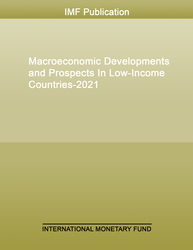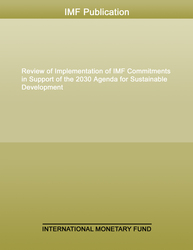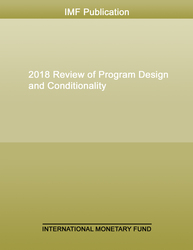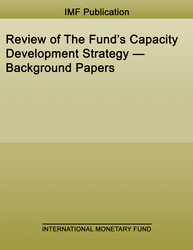
Macroeconomic Developments and Prospects In Low-Income Countries—2021
The first section of the paper discusses recent macroeconomic developments and trends across LICs.
READ MORE...
Volume/Issue:
Volume 2021
Issue 020
Publication date: March 2021
ISBN: 9781513575858
$0.00
Add to Cart by clicking price of the language and format you'd like to purchase
Available Languages and Formats
| English |
Prices in red indicate formats that are not yet available but are forthcoming.
Topics covered in this book
This title contains information about the following subjects.
Click on a subject if you would like to see other titles with the same subjects.
Economics- Macroeconomics , Money and Monetary Policy , International - Economics , Environmental Economics , financing needs , LIC financing , financing support , emergency financing from the IMF , downside scenario , COVID-19 , Climate finance , Multilateral development institutions , Income , Global , Caribbean
Summary
This paper is the sixth in a series that examines macroeconomic developments and prospects in low-income countries (LICs). LICs are defined in this report as the countries eligible to PRGT facilities (69 countries). The first section of the paper discusses recent macroeconomic developments and trends across LICs. The second section estimates LICs’ financing needs up to 2025 to resume and accelerate their income convergence with advanced economies (AEs). It does this by estimating the additional financing that would enable LICs to step up spending response to COVID, including vaccination needs, while rebuilding or keeping external buffers to enhance resilience, and then the paper considers the financing needed to allow LICs to accelerate convergence with AEs. The paper then discusses a mix of financing options, including concessional financing from the international financial institutions, grants and loans from bilateral donors, private financing and debt operations, but also domestic reforms within LICs themselves as a key component to foster growth, enhance private investment, raise public revenues, and increase efficiency of spending.
Copyright © 2010 - 2024
Powered by:
AIDC



